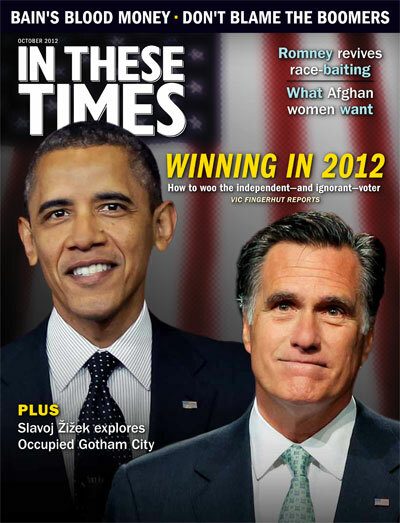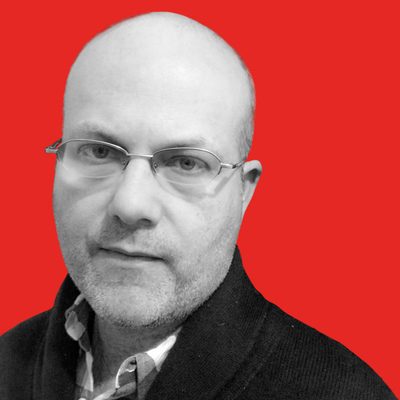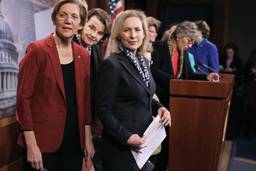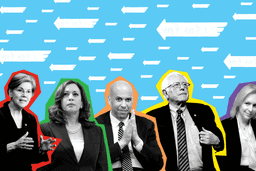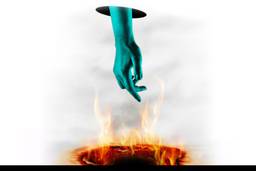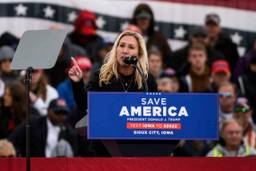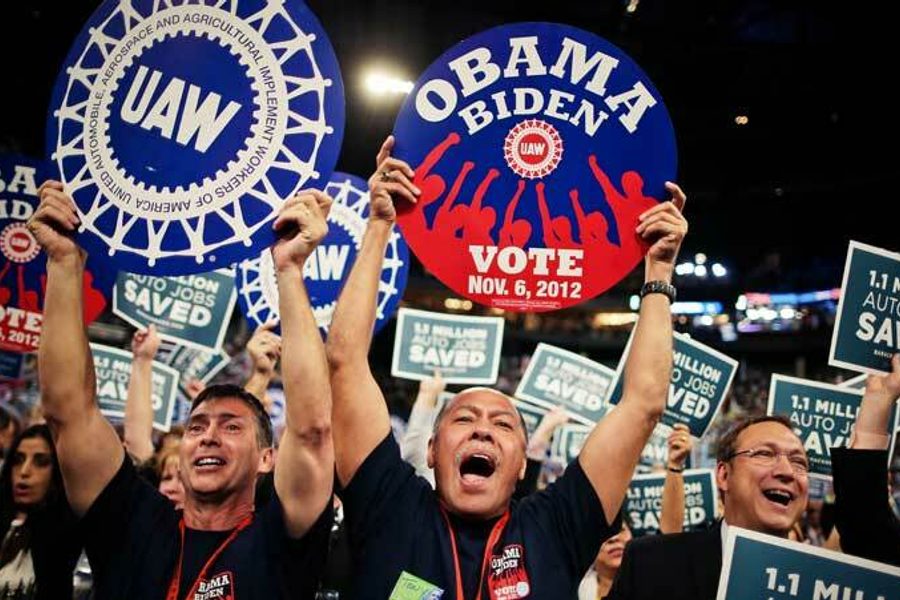
On Election Day in three Midwestern states — Michigan, Wisconsin and Ohio — the labor movement will be working to make its power felt. In these states a battle between two very different visions for the economy is playing out.
The GOP aims to create momentum for its ongoing push to diminish the role and strength of unions in the American economy. At the same time, unions are mobilizing to mount a strong defense of organized labor this fall and beyond.
Tonight, PBS will premiere As Goes Janesville, a documentary about how Rep. Paul Ryan’s Wisconsin hometown has coped with the closing of the General Motors plant that had been the heart of the town’s economy for a century. Reflecting on the disappearance of good jobs, one worker in the film laments that she once considered herself middle class. But “now either you’re rich or you’re poor. There’s no in-between.”
The whole Great Lakes region’s economic health is of course closely tied to the fate of the manufacturing sector, and the federal government’s 2009 bailout of General Motors and Chrysler has given at least a temporary reprieve to tens of thousands of workers.
But the question of where good jobs will come from in the future, and what constitutes a good job, are very much open to debate in the Great Lakes Midwest. Tim Cullen, a Democratic candidate runing for the Wisconsin state Senate at the time As Goes Janesville was being filmed, attributes the rise of the nation’s middle class to the unions and the strong manufacturing sector. “But it’s changed,” he says, “and I believe the income gap is going to grow for probably the next 50 years.” (Cullen later won his contest.)
In another scene, Republican Gov. Scott Walker explains to ABC Supply President Diane Hendricks, one of his wealthy donors, in response to the question of whether Wisconsin can be turned into a “completely red state,” that the key is to “divide and conquer” the unions. The first step, he said, was to abolish the collective bargaining rights of public employees.
Walker succeeded in doing that last year — and in surviving a recall election in June — and as a result he was given a rock star’s welcome at the Republican National Convention in August. Walker’s influence and popularity are evident in the GOP’s 2012 platform, which is aggressively anti-union. It endorses, for example, a “national right-to-work law to promote worker freedom and to promote greater economic liberty.” That’s a reference to the right-to-work laws that exist in 23 states, mostly in the South and West. The laws make it illegal for unions to require membership or dues as a condition of employment.
That model has been triumphant for the past three decades, as the percentage of the unionized workforce in the United States has steadily declined. It was a little over 20 percent in 1983 and just under 12 percent in 2011. But growing income inequality has drawn much media scrutiny recently, and the problem of the nation’s disappearing middle class has been at the center of the 2012 presidential campaign, meaning that unions might have an opening to reassert themselves and make a powerful case for worker solidarity.
The nation’s largest labor federation, the AFL-CIO, thinks so. At a rally it organized in Philadelphia in August, it introduced a “Second Bill of Rights” calling for a living wage, full participation in the political process and a quality education for all, among other things.
The AFL-CIO expects to have 400,000 activists registering voters and going door-to-door on behalf of unionbacked candidates this fall. There will be some level of campaign work in every state, but the federation will devote extra resources to six critically important swing states — Wisconsin, Michigan and Ohio, along with Nevada, Florida and Pennsylvania.
In Michigan, voter turnout will be bolstered by an initiative on the ballot that would amend the state constitution so that it guarantees the right of collective bargaining for public- and privatesector workers. Several unions worked hard to put it on the ballot and have raised several million dollars to galvanize support and turn out the vote. And in Ohio, pro-labor Sen. Sherrod Brown maintains a consistent — but recently narrowing — lead of several points over Josh Mandel, his Tea Party-endorsed opponent. Brown has put economic issues at the center of his campaign, especially the questions of how to rebuild the state’s manufacturing base and how to broaden its middle class.
This Senate race has also become a test case of the influence of Super PAC spending in state-level elections. Both parties consider the Senate seat critical to their fortunes in November, and outside groups have already spent a reported $15 million on the race. They’re expected to spend at least $6 million more before the election.
That outside spending is heavily tilted toward Mandel, and most of it goes toward television ads. Democrats, meanwhile, are pinning their hopes on mounting a stronger on-theground presence than Republicans can muster. That means old-fashioned knocking on doors, setting up voter-registration booths and helping voters get to the polls. Unions are the heart and soul of that strategy.
In that vein, Brown’s proud, pro-union stance has already paid dividends. Last fall, he strongly supported a ballot referendum in Ohio to overturn Senate Bill 5, which restricted the bargaining rights of public employees. The state’s Republican governor, John Kasich, had been a vigorous supporter of the bill. Soon after his election in 2010, he warned that if Democrats didn’t get on “the bus,” they would be run over by it. But Ohio voters repealed the anti-union legislation by a margin of about 22 points — a humiliating rebuke to Kasich.
In gratitude for Brown’s help in that fight, the Fraternal Order of Police (FOP) recently endorsed him — the first time the 25,000-member union has supported a Democrat for the Senate since 1988. Ohio FOP president Jay McDonald explained the shift by saying that “when we fought to protect every single law enforcement officer in the state of Ohio from the evils of Senate Bill 5 … Sen. Brown had our back, and now we will have his.”
Brown’s voting record is extraordinarily progressive for a politician in middle-of-the-road Ohio, and his campaign depends heavily on the energy and ground game supplied by organized labor.
It remains to be seen whether the success of that strategy so far is an aberration — or the beginning of something big.
Democrats in the Midwest are pinning their hopes on a stronger on-the-ground presence than Republicans can muster. Unions are the heart and soul of that strategy.
Please consider supporting our work.

I hope you found this article important. Before you leave, I want to ask you to consider supporting our work with a donation. In These Times needs readers like you to help sustain our mission. We don’t depend on—or want—corporate advertising or deep-pocketed billionaires to fund our journalism. We’re supported by you, the reader, so we can focus on covering the issues that matter most to the progressive movement without fear or compromise.
Our work isn’t hidden behind a paywall because of people like you who support our journalism. We want to keep it that way. If you value the work we do and the movements we cover, please consider donating to In These Times.
Theo Anderson is an In These Times contributing writer. He has a Ph.D. in modern U.S. history from Yale and writes on the intellectual and religious history of conservatism and progressivism in the United States. Follow him on Twitter @Theoanderson7.
